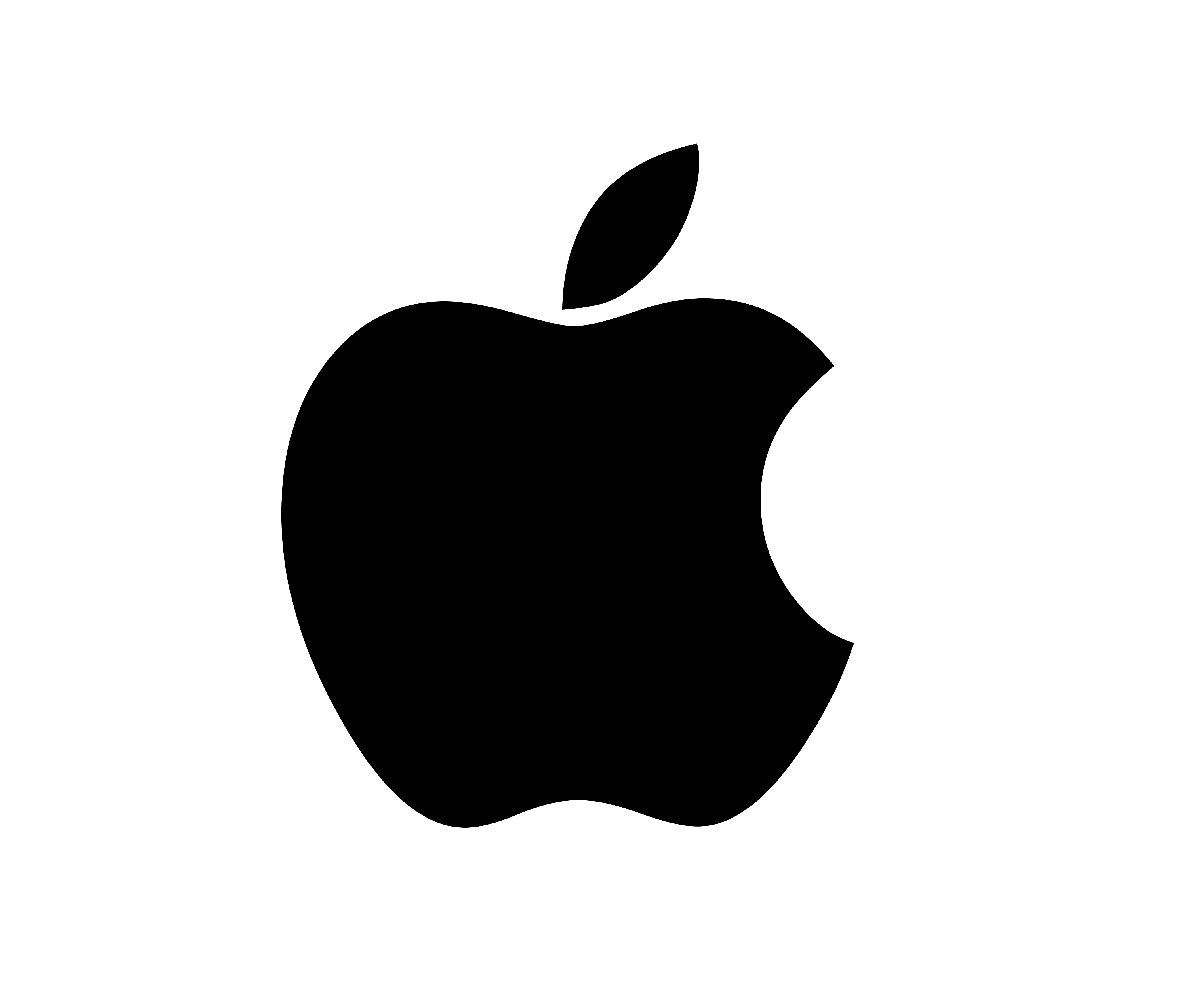New Mac Pro: Is Apple back in business?
Apple's new workstation could signal a return to a high-end professional market that has felt neglected by the iPhone maker of late.

Inside the Enterprise: It has been a long time coming. Apple, once notorious for staying tight lipped about future products, has confirmed it will start to sell its new Mac Pro workstation from this December.
Not only had Apple broken its own rules by announcing the products and specs over a month before it goes on sale, CEO Tim Cook had already pre-announced the new computer, and Apple went as far as to create a microsite explaining its radical new design.
These moves, at the very least, were designed to give some encouragement to enthusiasts for the Mac platform who have felt neglected by Cupertino, as Apple has seemingly focused its attention on the iPhone and iPad.
Professional users in Europe have not even been able to buy the previous Mac Pro model for almost a year, as the computer was withdrawn from sale following new European health and safety rules. The top of the range iMac is now a very capable computer, and more and more graphics, video and sound pros are, of course, using laptops. But there is still demand for a high-end, desktop workstation.
That is a market that continues to attract high prices, and high margins. A third, or sometimes even half, of the cost of a pro workstation can go on its graphics processors, or GPUs, add-in boards from Nvidia and ATI. Then professionals add memory lots of it and high-speed storage.
And it's not just graphic artists who need that power: professional workstations are used in architecture, computer aided design and computer aided manufacturing, but also in medical and pharmaceutical research, and increasingly, data visualisation and analytics. Although some of this work is moving to servers or even the cloud, there is still a need for raw horsepower on, or under, the desk.
But of course Apple is not content to build a big-box workstation like those from Dell, HP or Lenovo. Instead, the company has opted for a cylinder-type design, cooled via a central duct. It only comes with solid-state storage, and has no internal expansion slots. Instead, Apple is promoting a new, fibre-based Thunderbolt 2 interface (the new Mac has six of these ports). And, out of the box, the computer comes with two graphics cards.
Get the ITPro daily newsletter
Sign up today and you will receive a free copy of our Future Focus 2025 report - the leading guidance on AI, cybersecurity and other IT challenges as per 700+ senior executives
Despite its design, though, the new Mac Pro is more expandable than other Apple machines, such as the iMac, would suggest. According to MacUser, the SSD units can be swapped out, and the GPUs replaced although an upgrade would have to be to another, Apple-specific card.
Companies such as Sonnet have announced Thunderbolt 2 chassis for PCI-e cards. This might add to desktop clutter for power users, but it keeps the computer smaller and cooler for everyone else.
How well this quirky computer, with an entry-level price tag of just over two grand, will sell remains to be seen. But Apple may well be right to design a niche machine for a niche market. The general business PC is a rapidly declining market, and Apple was one of the earliest companies to spot the trend towards laptops and tablets.
It may well be the new Mac Pro is the last Mac Pro. By the time this model reaches the end of its lifecycle, even high end computing could be on portables. That is, if it hasn't moved to the cloud.
Stephen Pritchard is a contributing editor at IT Pro
-
 Should AI PCs be part of your next hardware refresh?
Should AI PCs be part of your next hardware refresh?AI PCs are fast becoming a business staple and a surefire way to future-proof your business
By Bobby Hellard
-
 Westcon-Comstor and Vectra AI launch brace of new channel initiatives
Westcon-Comstor and Vectra AI launch brace of new channel initiativesNews Westcon-Comstor and Vectra AI have announced the launch of two new channel growth initiatives focused on the managed security service provider (MSSP) space and AWS Marketplace.
By Daniel Todd